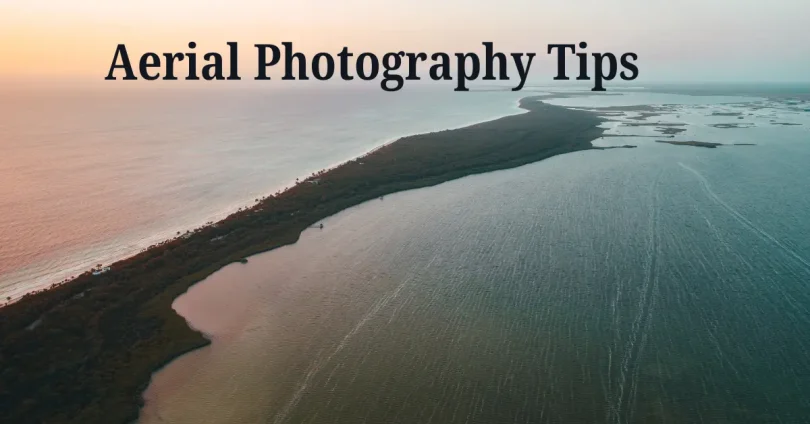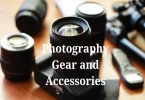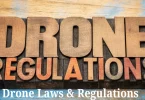Capturing the world from above isn’t just a hobby anymore—it’s a passion, a profession, and even a powerful storytelling tool. Whether you’re using drones for commercial shoots, travel content, or personal projects, mastering the art of sky-high photography can be thrilling yet challenging. With the rise of drone technology, more photographers and enthusiasts are now embracing the incredible possibilities that come with Aerial Photography Tips to create truly breathtaking visuals.
In this comprehensive guide, you’ll discover everything you need to elevate your aerial shots and stand out in this creative field.
Understanding the Basics of Aerial Photography
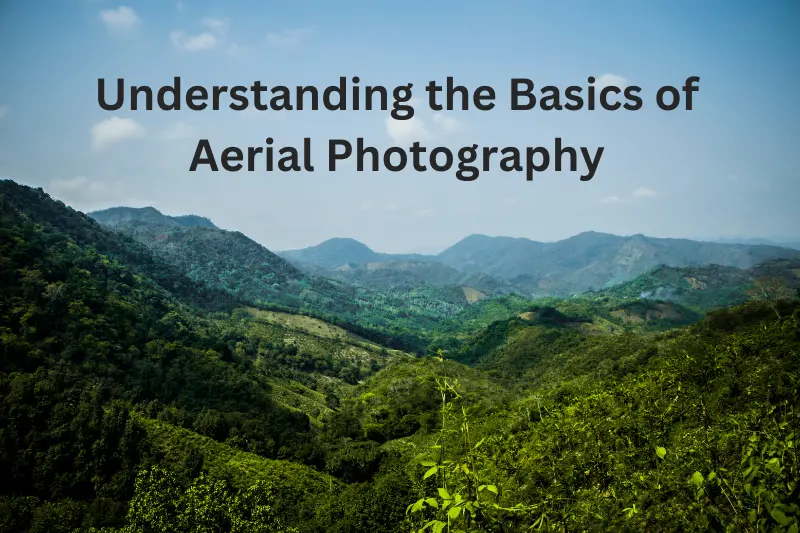
What is Aerial Photography?
Aerial photography involves capturing images from an elevated position, typically using drones, helicopters, or other airborne vehicles. Modern aerial photography mostly relies on drones due to their affordability and accessibility.
Why Aerial Photography is Popular
- Stunning Perspectives: Offers unique angles not possible with ground-level photography
- Versatility: Great for real estate, travel, weddings, and environmental studies
- Creative Freedom: Opens new ways to experiment with lighting, framing, and motion
Choosing the Right Equipment for Aerial Photography
Best Drones for Aerial Photography (2025 Edition)
- DJI Mavic 3 Pro: Offers 4/3 CMOS Hasselblad Camera, omnidirectional obstacle sensing, and up to 43 minutes of flight time
- Autel Robotics EVO Lite+: Features adjustable aperture, 6K video, and intelligent flight modes
- Skydio 2+: Known for its AI-driven obstacle avoidance, great for action-packed shoots
Essential Accessories to Enhance Your Shots
- ND Filters: Control exposure and improve color depth
- Extra Batteries: Ensure longer shooting sessions
- High-Speed MicroSD Cards: For fast data transfer and 4K footage storage
- Carrying Case: Protects your gear and keeps it organized
Mastering Camera Settings for Aerial Shots
Resolution and Frame Rate
- Use 4K at 30fps or 60fps for cinematic-quality videos
- Choose higher resolution for still images to retain detail
ISO and Shutter Speed
- Set ISO low (100-200) for daylight shoots to reduce noise
- Use faster shutter speeds (1/1000 or higher) to avoid motion blur
White Balance and Color Profiles
- Lock white balance to avoid shifting tones mid-shoot
- Use D-Log or RAW formats for better post-processing control
Composition Techniques for Breathtaking Aerial Photos
Rule of Thirds
Use grid lines to place key elements off-center for more dynamic shots
Leading Lines
Capture roads, rivers, or paths to draw the viewer’s eye into the frame
Symmetry and Patterns
Highlight natural or man-made patterns for visually striking compositions
Depth and Layers
Shoot with foreground, mid-ground, and background elements to create depth
Ideal Lighting and Timing for Aerial Photography
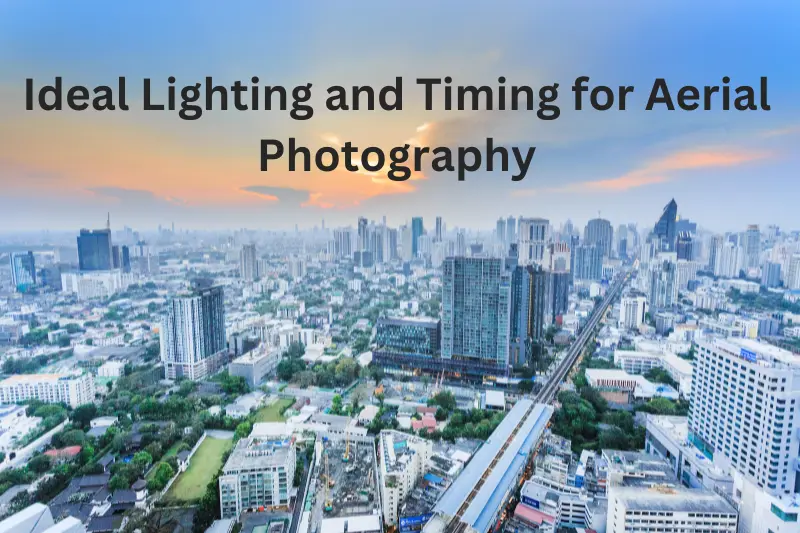
Golden Hour
- Occurs shortly after sunrise and before sunset
- Offers soft, warm lighting that adds drama and richness
Blue Hour
- Takes place just before sunrise and after sunset
- Creates a cooler, moodier aesthetic perfect for cityscapes
Midday Challenges
- High sun can cause harsh shadows and overexposure
- Use ND filters or shoot on overcast days for balanced lighting
Safety and Legal Guidelines for Drone Photography
Know the Regulations
- Register your drone if required in your country
- Avoid no-fly zones and restricted airspace
Fly Responsibly
- Maintain line of sight
- Avoid flying over people or private property without permission
- Keep altitude within legal limits (usually under 400 feet)
Weather Awareness
- Avoid flying in high winds, rain, or fog
- Check weather forecasts before heading out
Editing Your Aerial Photos for Maximum Impact
Software Recommendations
- Adobe Lightroom: Great for color correction and exposure tweaks
- Photoshop: Useful for removing distractions and advanced retouching
- Luminar AI: Offers AI-powered enhancements specifically designed for landscapes
Basic Editing Workflow
- Crop and straighten
- Adjust exposure, contrast, and saturation
- Apply selective adjustments to highlight focal points
- Use sharpening and noise reduction tools
Aerial Photography Tips for Specific Use Cases
Real Estate Photography
- Showcase the entire property and surroundings
- Capture multiple angles—front, back, and top-down views
- Use sunset lighting to enhance curb appeal
Travel and Landscape
- Highlight natural features like mountains, oceans, or forests
- Use panoramic shots for grand scenes
- Include human subjects for scale
Event Coverage
- Capture crowd movements and venue layouts
- Use orbit and tracking modes for dynamic video footage
- Plan your flight path to avoid interference with the event
Environmental Documentation
- Monitor deforestation, wildlife, or natural disasters
- Use time-lapse or scheduled flights for long-term monitoring
- Store data securely for research and analysis
Pro-Level Aerial Photography Tips for 2025
Use Waypoints for Consistent Results
Modern drones allow setting GPS waypoints to automate complex flight paths, ideal for consistency across multiple shoots.
Experiment with Smart Flight Modes
- Orbit Mode: Circles a subject for cinematic effects
- Follow Me Mode: Keeps the drone focused on a moving subject
- Point of Interest: Focuses on a fixed object while the drone rotates around it
Create Motion in Stills
- Use long exposure shots with ND filters to blur movement (like water or clouds)
- Combine static and dynamic elements in your compositions
Combine Drone and Ground Footage
- Blend aerial and traditional images for storytelling variety
- Use transitions in video editing for a seamless narrative
Monetizing Your Aerial Photography
Stock Photography Platforms
- Upload high-quality images to Shutterstock, Adobe Stock, or Getty Images
- Focus on niches like travel, real estate, or nature
Freelance Services
- Offer services to real estate agents, tourism boards, or event planners
- Build a portfolio and promote through social media and a website
YouTube and Social Media
- Create behind-the-scenes content, tutorials, or vlogs
- Use affiliate marketing links for gear reviews
- Engage with communities and use trending hashtags
Selling Prints and Merchandise
- Convert your best shots into framed art, calendars, or apparel
- Use platforms like Etsy or your own Shopify store
Common Mistakes to Avoid in Aerial Photography
Overexposing Shots
- Always monitor histograms
- Use ND filters to control brightness
Ignoring Composition
- Flying high doesn’t automatically mean great shots
- Focus on angles, framing, and story
Poor Battery Management
- Always fly with a fully charged battery
- Keep an eye on return-to-home (RTH) battery levels
Not Practicing Enough
- Regular practice improves control, timing, and creative vision
- Simulators are a great way to build skills before flying
Love this? There’s more where that came from—keep reading
Boost Your Privacy Today with VPNs & Encryption
Privacy Settings & Guides: Safeguard Your Data Today
Unbeatable Cybersecurity Tips & Tools for Safer Living
Shocking Truths Behind Data Breaches & News You Can’t Ignore – Tonz Tech
Conclusion
Aerial photography isn’t just about launching a drone and hitting record—it’s about seeing the world differently and using creativity, technique, and the right tools to tell a story from above. By mastering these Aerial Photography Tips, you’ll not only capture stunning visuals but also enjoy every flight as a learning experience and artistic endeavor. Whether you’re a beginner or a pro, following these guidelines will elevate your work to new heights
FAQs
What is the best time of day for aerial photography?
The best time is during golden hour—shortly after sunrise or just before sunset—when the lighting is soft and adds warmth and depth to your photos.
Do I need a license to fly a drone for photography?
Yes, in most countries you need to register your drone and obtain a license or certification if using it commercially. Always check your local regulations.
How can I make my aerial photos look more professional?
Focus on good composition, use ND filters for lighting control, shoot in RAW for better editing flexibility, and always edit your photos afterward.
What are the common mistakes in aerial photography?
Flying too high, poor composition, overexposing images, and ignoring battery levels are some frequent mistakes beginners make.
Can aerial photography be used for storytelling?
Absolutely! It captures unique perspectives that add emotion, scale, and context, making your visuals more compelling and immersive.

